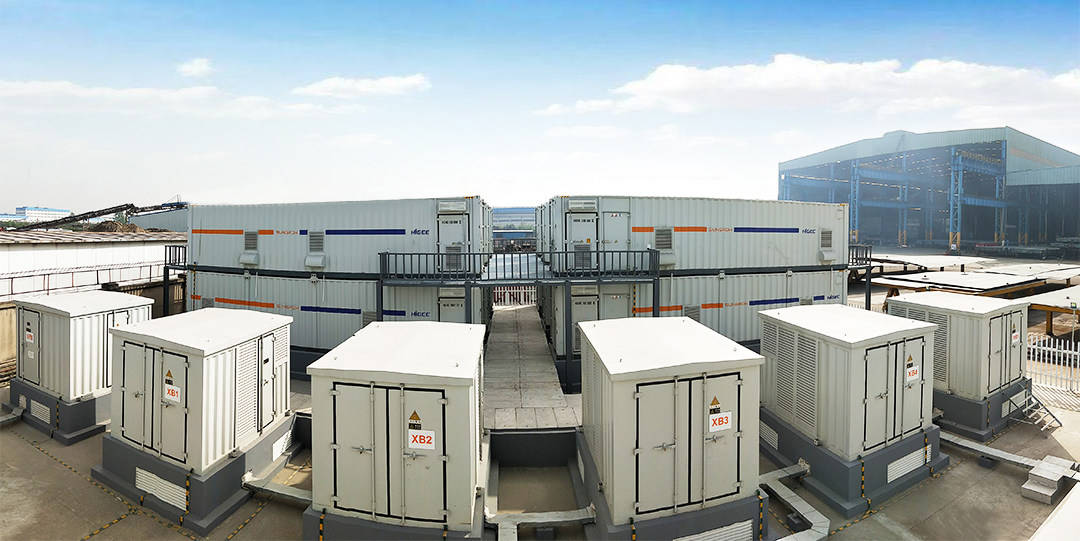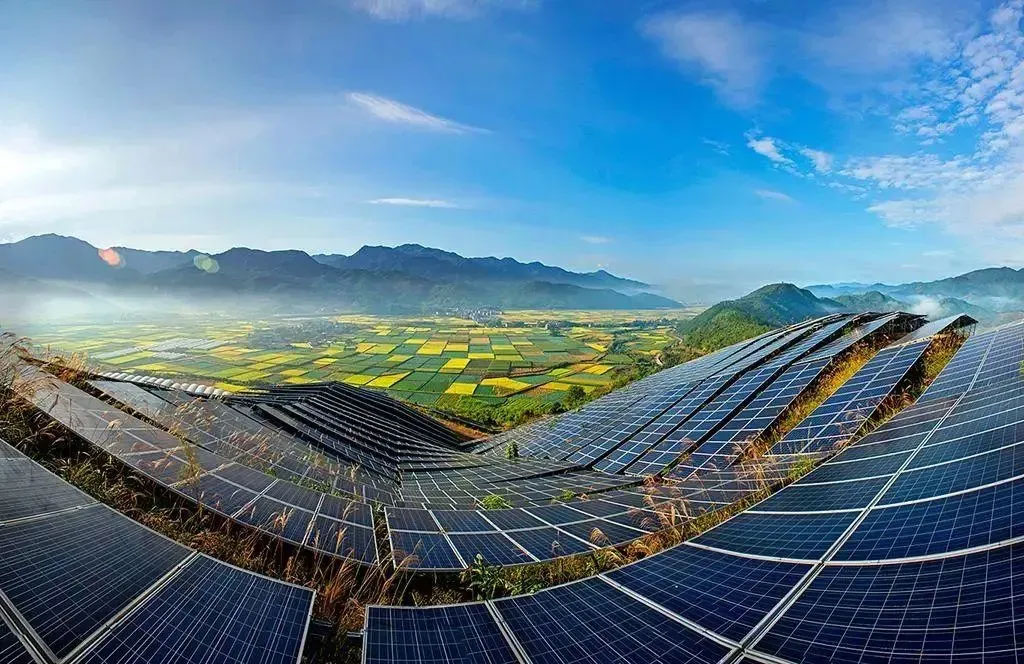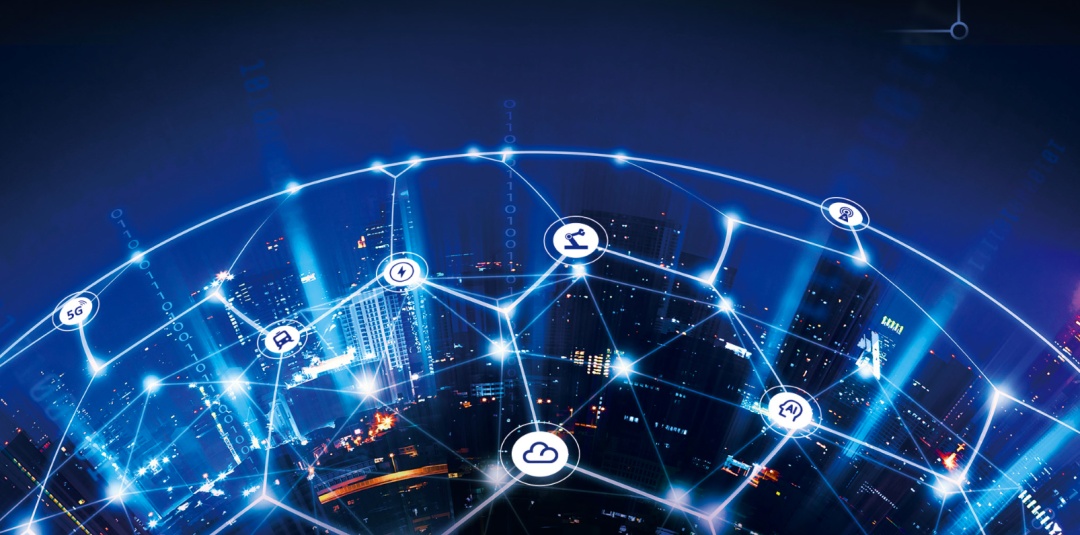【Stem Cells News】Are you still questioning stem cells? Japan has included stem cells in medical insurance
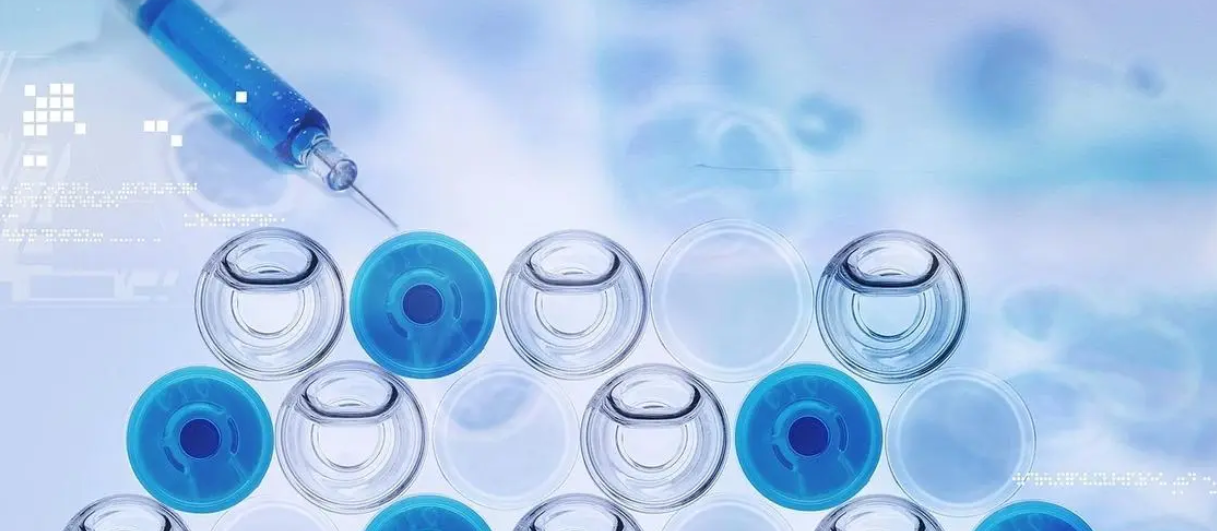
In Japan, research and development related to stem cell therapy, commonly known as regenerative medicine, has always been led by the government. The national plan was launched in 2002 and accelerated support for the transition to clinical trials began in 2011. Out of the initial 18 projects accepted in the preclinical research budget, 15 projects have already started clinical trials.
Japan believes that regenerative medical products have biological characteristics and are "living" cells with self-renewal ability. There are certain differences between them and traditional drugs in terms of active ingredients and ways of action. Therefore, relevant laws and regulations have been established to regulate and cover the scope of health insurance.
What is stem cell?
Stem cells are a type of cell with the potential for self replication and multi-directional differentiation, which can participate in cell replacement and tissue regeneration. Mainly derived from umbilical cord blood, embryos, bone marrow, fat, peripheral blood, etc. According to the different cell sources, stem cells can be divided into embryonic stem cells, induced pluripotent stem cells, and adult stem cells. Stem cells have always existed in the human body, but their differentiation ability weakens with age.
According to the developmental potential of stem cells, they can be divided into three categories: pluripotent stem cells, pluripotent stem cells, and pluripotent stem cells.
Fully functional stem cells that can directly clone the human body; Multifunctional stem cells can directly replicate various organs and repair tissues. Human beings hope to use the isolation and in vitro cultivation of stem cells to breed tissues or organs in vitro, and ultimately achieve the treatment of clinical diseases through tissue or organ transplantation.
Stem cells are particularly important for human development, and specialized stem cells can also be found in children and adults.
In short, all cells or tissues that require the continuous generation of new differentiated cells and those that cannot be further divided must maintain the number of somatic cells through the differentiated cells produced by stem cells. It can be said that life achieves cell renewal and ensures sustained growth through the division of stem cells.
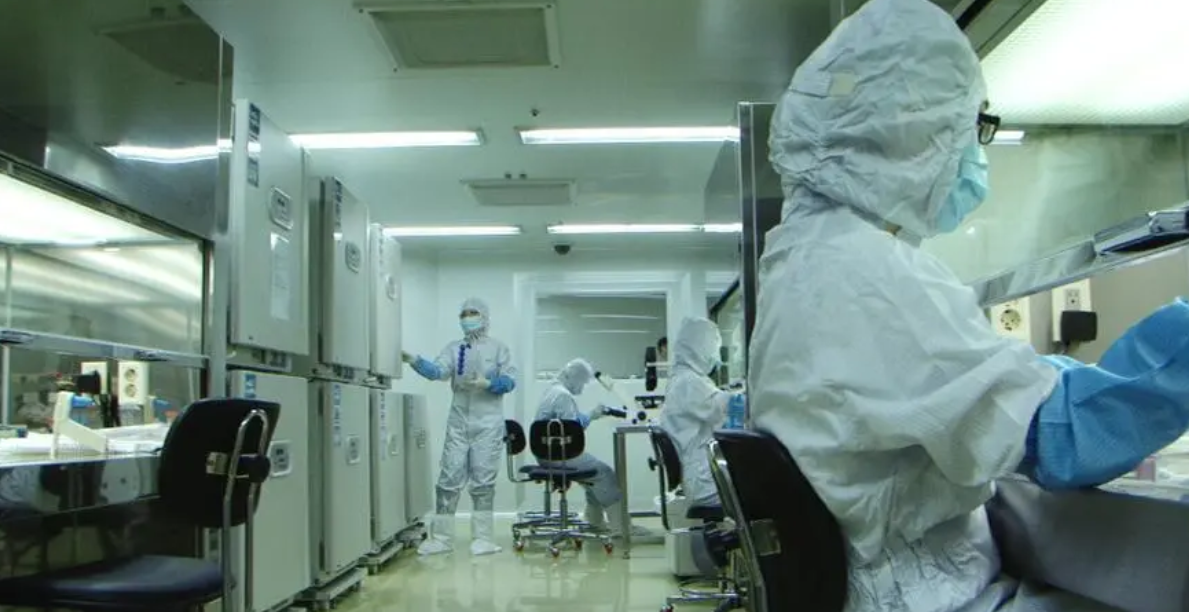
The Development History of Stem Cell Research in Japan
In 1981, Japan began actively exploring the stem cell industry.
In 2002, the Biotechnology Strategy Committee established by the Japanese Cabinet Office released the Biotechnology Development Strategy, proposing that the direction of science and technology should officially shift from electronic technology to biotechnology.
In 2003, the regenerative medicine project was officially launched.
In 2010, Japan revised the Guiding Principles for Clinical Research on the Use of Human Stem Cells, expanding the coverage of clinical research on embryonic stem cells; On the other hand, covering induced pluripotent stem cells (iPSCs).
In 2011, the induced multifunctional stem cell (iPSCs) culture technology developed by Kyoto University in Japan was patented in the United States, Europe, South Africa, Russia, and other countries.
In 2012, Professor Shinya Yamanaka was awarded the Nobel Prize for his achievements in inducing multifunctional stem cells. The establishment of iPSCs cells was a groundbreaking achievement in Japan's biotechnology era.
In 2014, Japan began implementing the Drug and Medical Device Act and the Regenerative Medicine Safety Act. The Ministry of Health, Labour and Welfare will review all clinical research programs in regenerative medicine that were previously regulated by national ethical standards. As a result, the dual track regulatory system for stem cells has gradually improved.
In 2019, there were a total of 2817 institutions in Japan conducting clinical research on stem cells, with a total of 3948 clinical research projects covering multiple fields such as adipose derived mesenchymal stem cells and bone marrow derived mesenchymal stem cells. Indications include heart failure, spinal cord injury, and graft-versus-host disease.
As of June 2020, the Japanese Ministry of Health, Labour and Welfare has received a total of 120 clinical research plans and 3920 treatment plans. The content includes multiple fields such as adipose derived mesenchymal stem cells and bone marrow derived mesenchymal stem cells.
In recent years, Japan's research and development of stem cells has also been in a high-speed development stage. Out of the initial 18 projects accepted in the preclinical research budget, 15 projects have already started clinical trials.
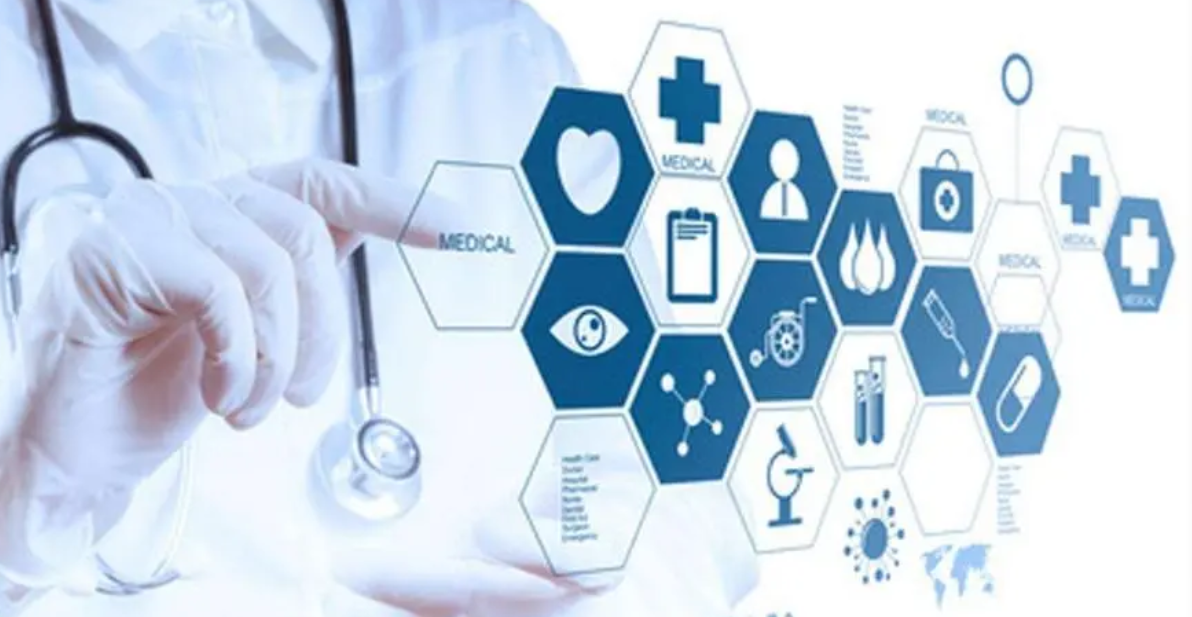
Stem cell therapy process
At present, autologous adipose stem cells are widely used in Japan. Adipose stem cells have the characteristics of abundant source, convenient collection, minimally invasive collection, rapid in vitro proliferation, stable passage, and low aging, and are widely used in basic and clinical research.
Taking the collection of autologous adipose derived mesenchymal stem cells as an example, briefly introduce the specific process of stem cell therapy for your reference.
The first step is to confirm the indications
Before treatment, the doctor will carefully inquire about the patient's past medical history, current medical history, and personal history, and explain the characteristics and expected effects of the treatment to the patient. In addition, doctors will also conduct preoperative related examinations, such as ten virus tests, to ensure that patients are suitable for cell therapy treatment.
Step 2, take adipose tissue
After local anesthesia, the doctor will make a small incision of about 5 millimeters around the patient's navel or buttocks where fat accumulates, and then remove 2-3 grain sized fat particles. This surgery is a minimally invasive procedure with a relatively short duration (approximately 10 minutes), and the postoperative scars are not obvious.
Step 3, blood collection
On the same day as collecting adipose tissue, doctors also collect a small amount of blood from patients for stem cell culture.
Step 4: Cultivate stem cells
After collecting the tissue, the doctor will conduct a 4-6 week cell culture, but the specific culture time may vary depending on individual differences. After completing the cultivation, the doctor will notify the patient of the date of the infusion. To ensure treatment effectiveness, once the infusion date is determined, it is usually not recommended to change it.
Step 5, apply stem cells
The doctor will conduct another face-to-face consultation with the patient, and then choose methods such as intravenous infusion, local injection, and subarachnoid injection for stem cell transfusion based on the patient's condition. Usually, infusion takes about 40-60 minutes, and the specific time may vary depending on the infusion method and individual differences.
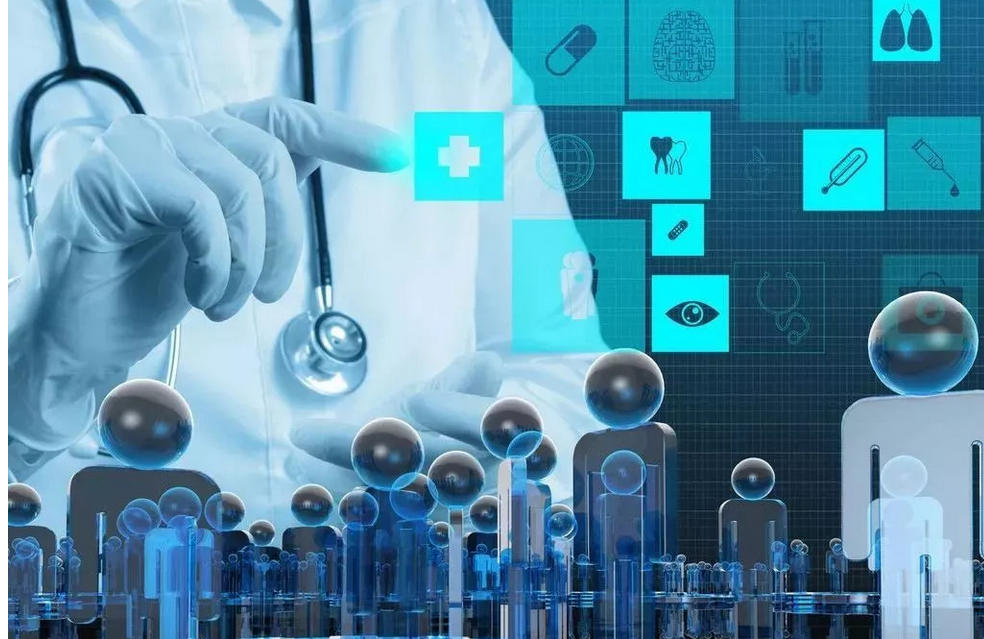
 中文
中文
 English
English
